I didn’t expect to pick up another 110 camera after the Voigtlander Vitoret 110 EL I wrote about earlier, let alone so soon after. But when I saw an unusual Agfa Agfamatic 901 E Motor on an auction site, I was intrigued. A half-hearted bidding war ensued and I ended up with this very fine specimen.
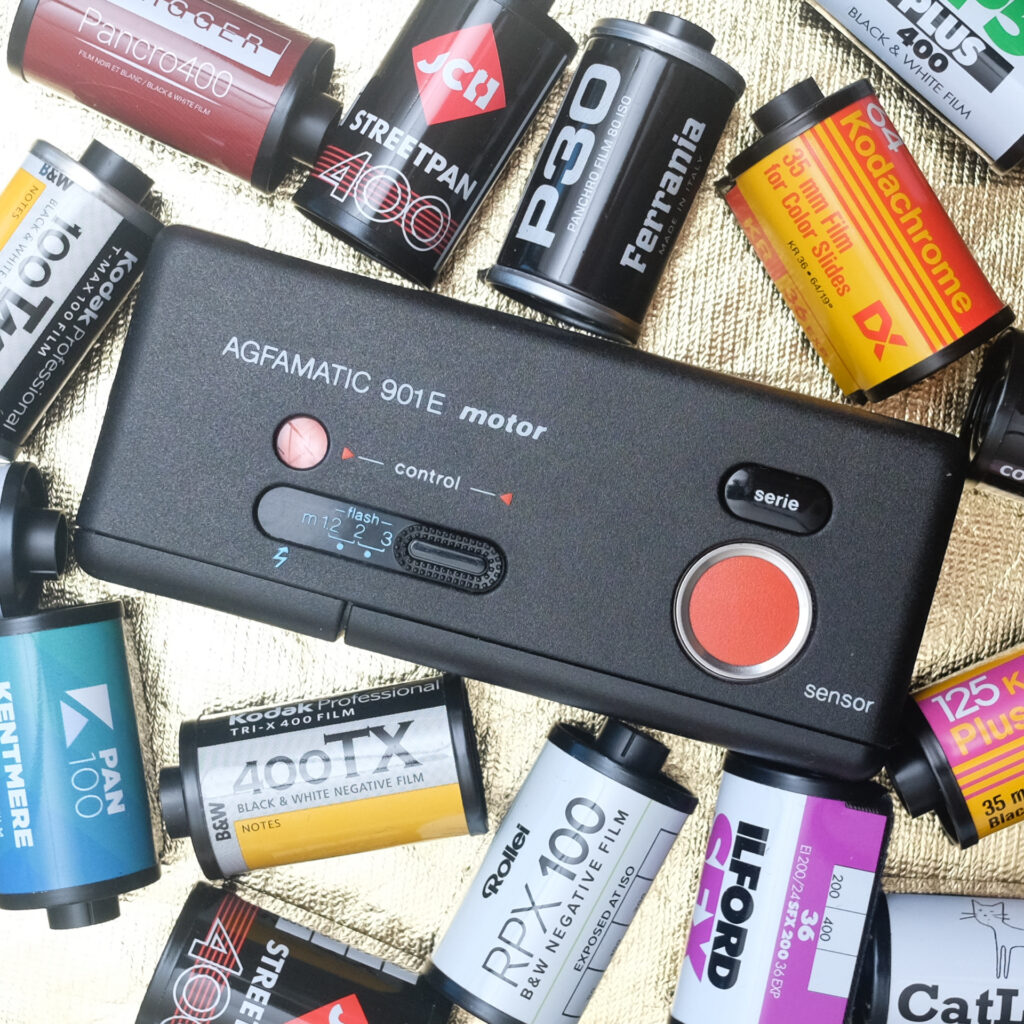
The 901 E is a beautiful camera. So beautiful that the Schlagheck Schultes Design creation received an iF Design Award in 1979. Like the Vitoret 110 EL, the 901 E is a premium 110 format camera. The packaging for both signals the kind of consumer Voigtlander and Agfa were aiming for. The E version was the top of the line in Agfa’s 901 series, which is distinguished from their other 110 cameras by a motor driven film advance.
When it arrived, in its box and clamshell case, I loaded a couple of AAA batteries, checked that the meter was working, confirmed the shutter fired, and the motorized film advance worked. Fabulous! Next, I loaded a Lomography Orca cartridge and set out to see how it compares to the Vitoret. I metered a scene, pressed the big red sensor button, and… nothing. What the hell?
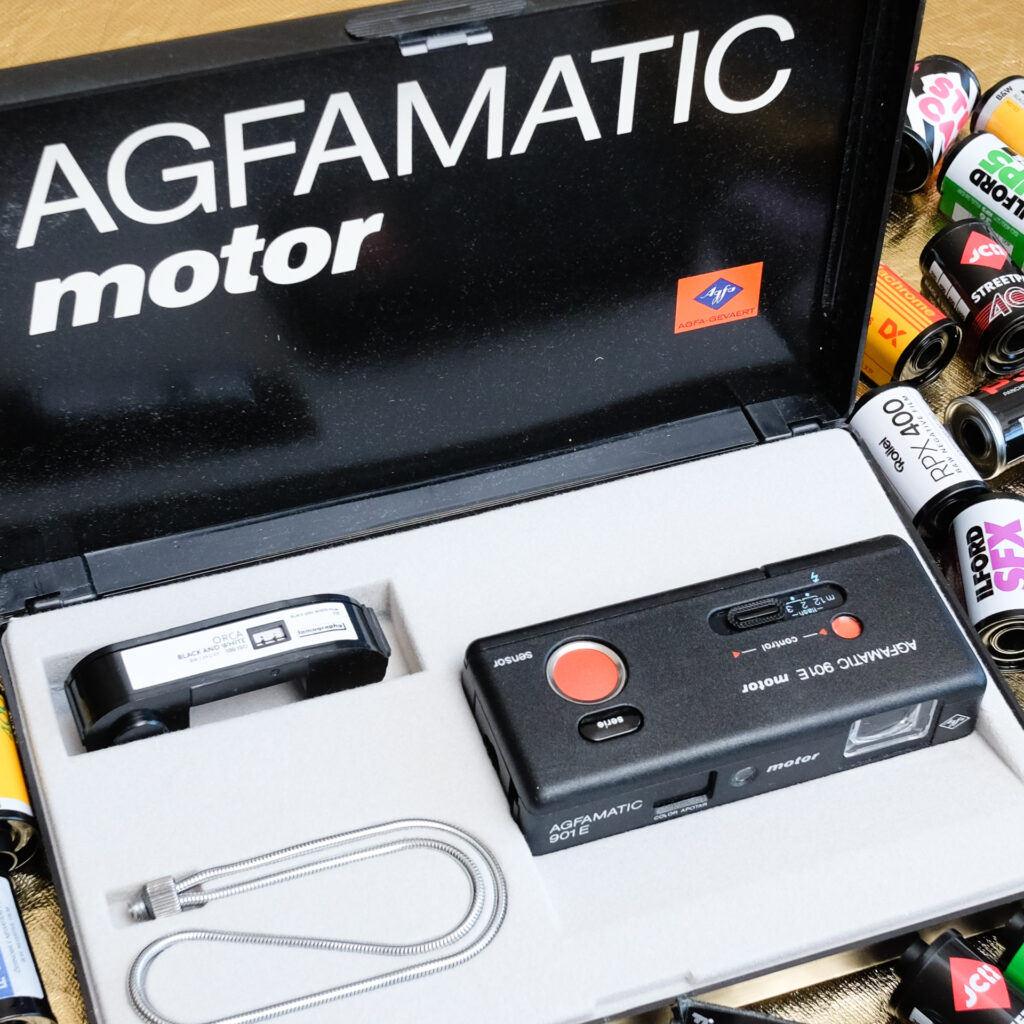
After unloading the film cartridge in a dark bag, the troubleshooting didn’t help. I even thought about prying apart the plastic housing to get at the internals. But I decided against surgery, concluding it would be useful to someone as a non-functioning but pristine collectible. So off it went to be listed for sale. After a month and a half, during which absolutely no one showed any interest, I glanced at the junk box where it sat near my work desk. Inspired after picking up a previously non-working 35mm point-and-shoot I got working by hitting it, I took another look at the 901 E. After the same sort of fiddling I did a few weeks before, it mysteriously came to life. Questions were not asked.
To be perfectly honest, the Agfa Agfamatic 901 E is an overengineered camera. The motor drive is the main feature that sets the 901 E apart from other 110 cameras. However, there was never a scenario where someone who was shooting 110 film was going to need a motor driven camera. So why did Agfa designers decide to put a motor drive in a 110 Agfamatic? My best guess is they figured it was a good exercise in miniaturization, preliminary work for a more important project. My copy has a 2-digit serial number, as does Sylvain Halgand’s, so I imagine they didn’t expect a big market for them and didn’t produce too many.
So how does the Agfa Agfamatic 901 E hold up in use? The photos here are from a test roll of Lomography Orca, printed on Ilford Multigrade V Pearl.
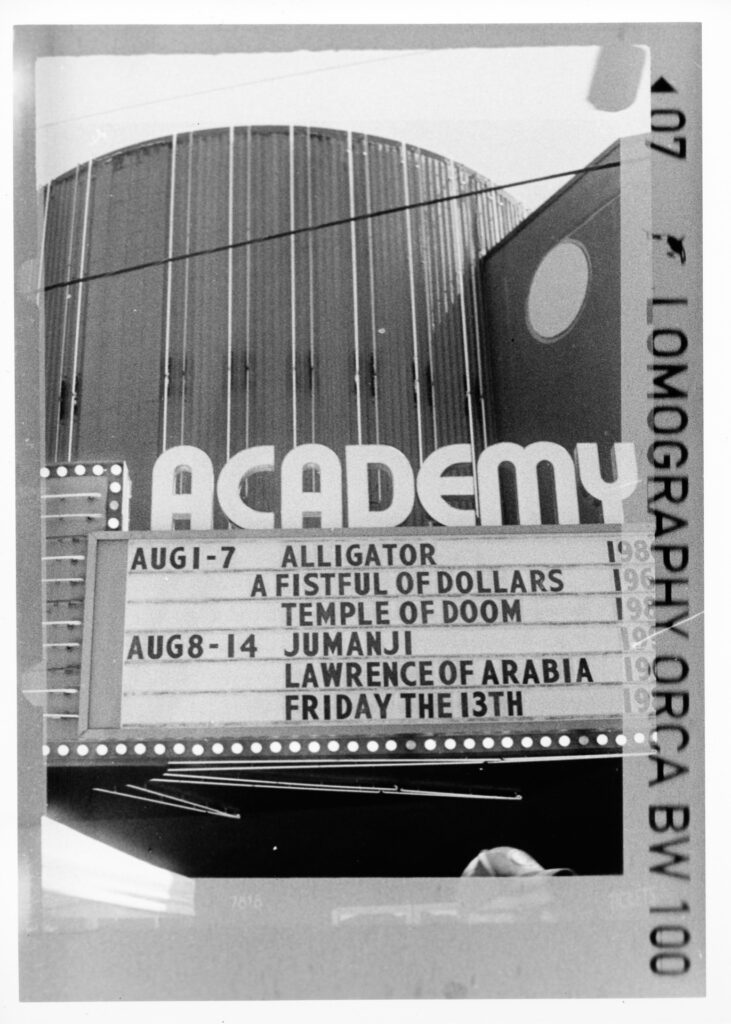
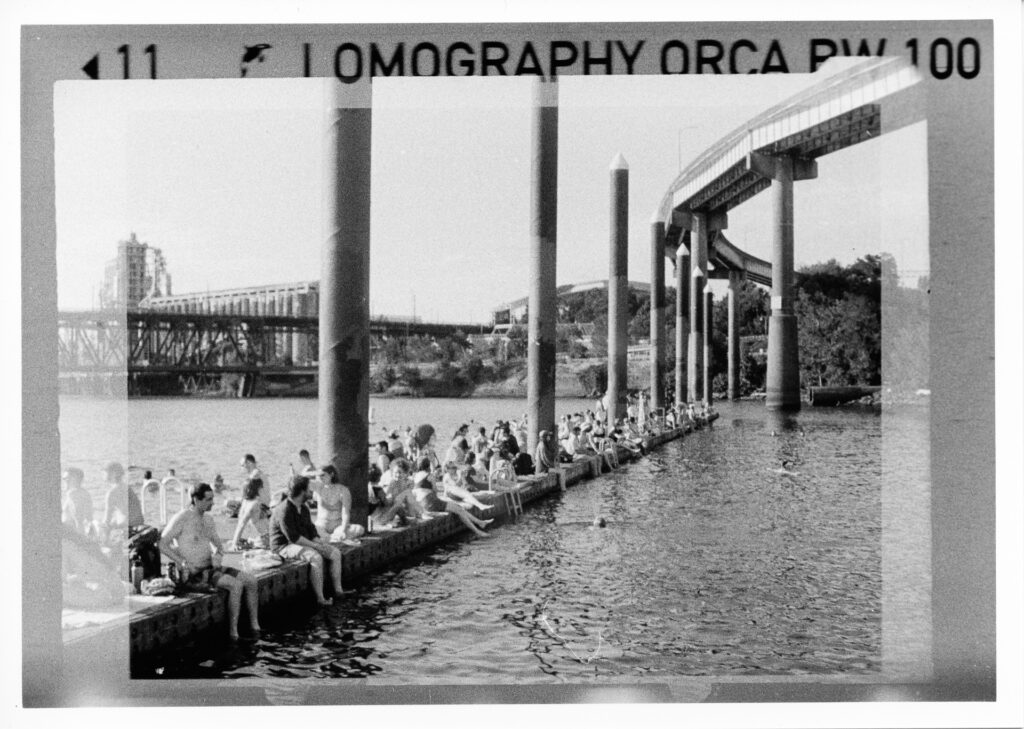
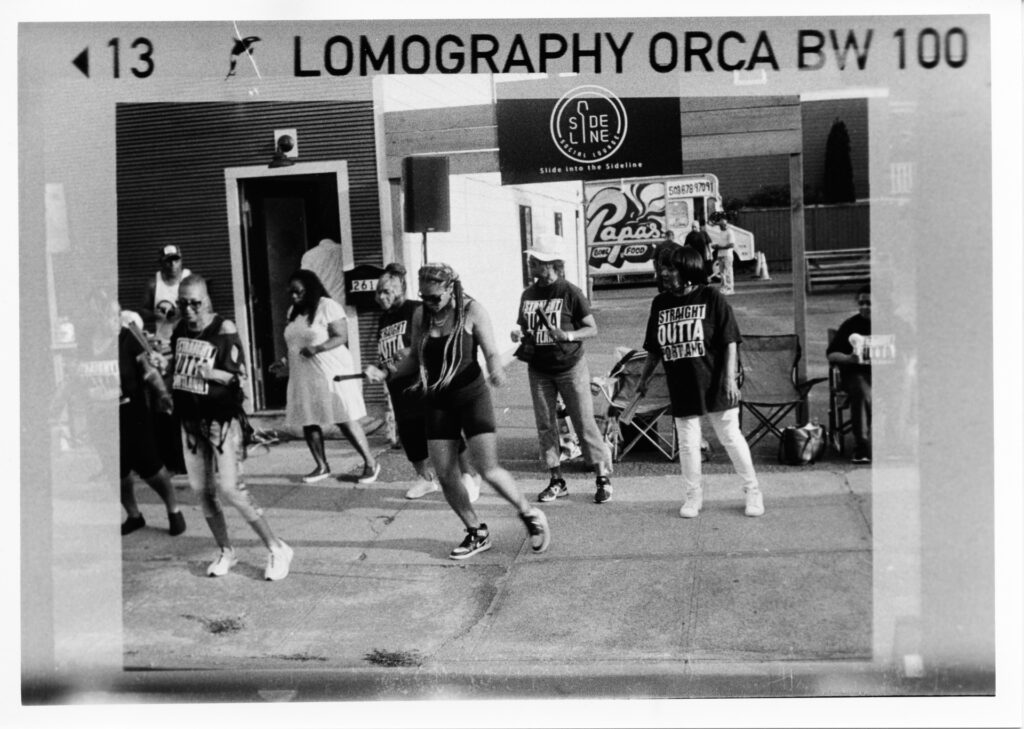
To meter a scene, you move a slider, left and right, until two opposing LED arrowheads in the viewfinder light up. The manual states the camera has three shutter speeds: 1/50, 1/125, and 1/200 sec. As far as I can tell, the slider doesn’t directly control shutter speed, it only simultaneously controls the apertures of the light meter window and the 27mm F6.3 lens. This article from Test Le Nouveau Photocinema, July 1979 (PDF scan and hosting website), suggests that the camera then selects one of the three shutter speeds to use with the user-selected aperture. I’m actually not certain this is how it operates as I can’t detect differences in shutter speeds by ear (I don’t have a shutter speed tester). If I am correct, this would make the 901 E an aperture priority camera with three discrete shutter speeds and the ability to select any aperture between F6.3 and F20.
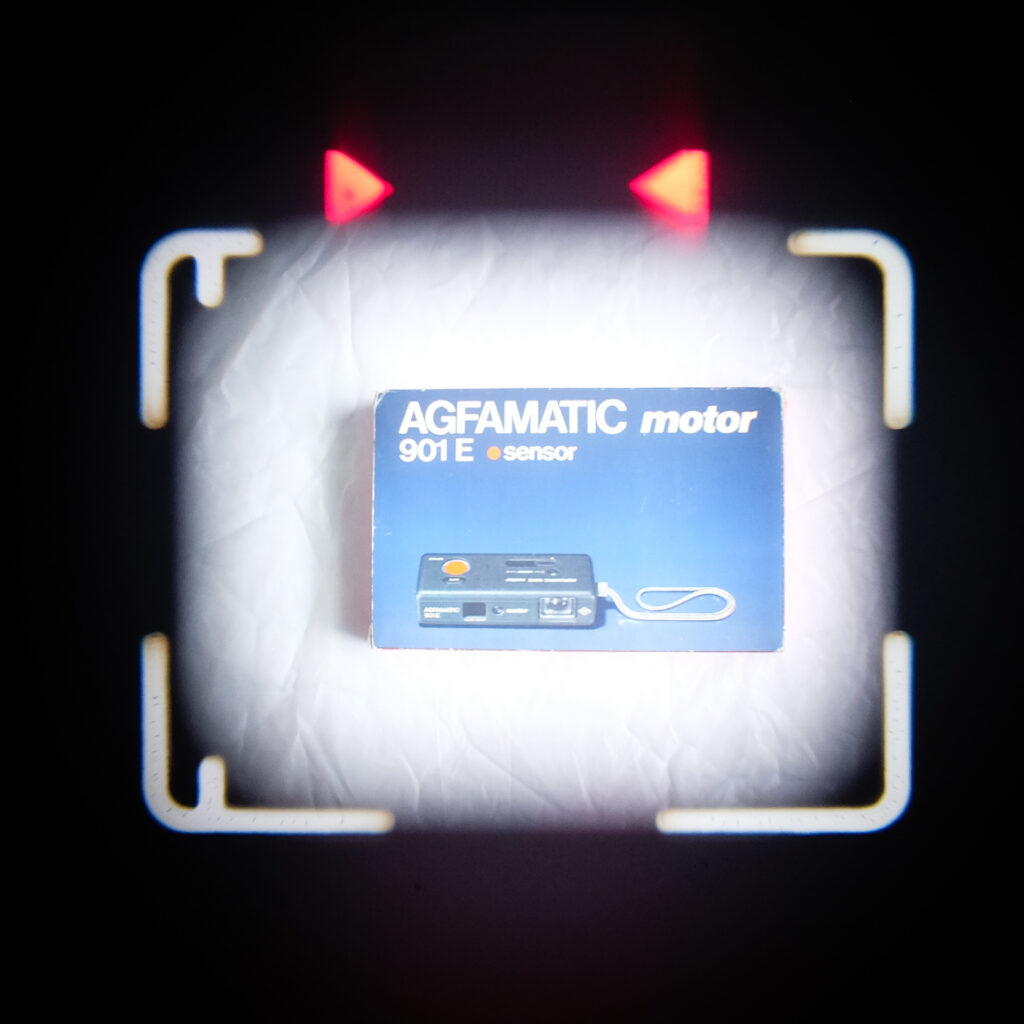
Compared to the Vitoret 110 EL, the Agfa Agfamatic 901 E is less fun for me to use. Both are fixed focus cameras. Both are aperture-priority cameras (maybe?), with the Vitoret 110 EL having a limited number of apertures (only 2) but a wide range of shutter speeds, and the 901 E having a wide range of apertures but a limited set of shutter speeds. Confirming the aperture setting with the 901 E takes a little more time than using the Vitoret’s sunny versus cloudy aperture guessing and doesn’t facilitate “shooting from the hip”. I’ll need to experiment with aperture guessing with the 901 E; having only 3 shutter speeds, essentially ±1 EV, makes for a narrow margin of error.
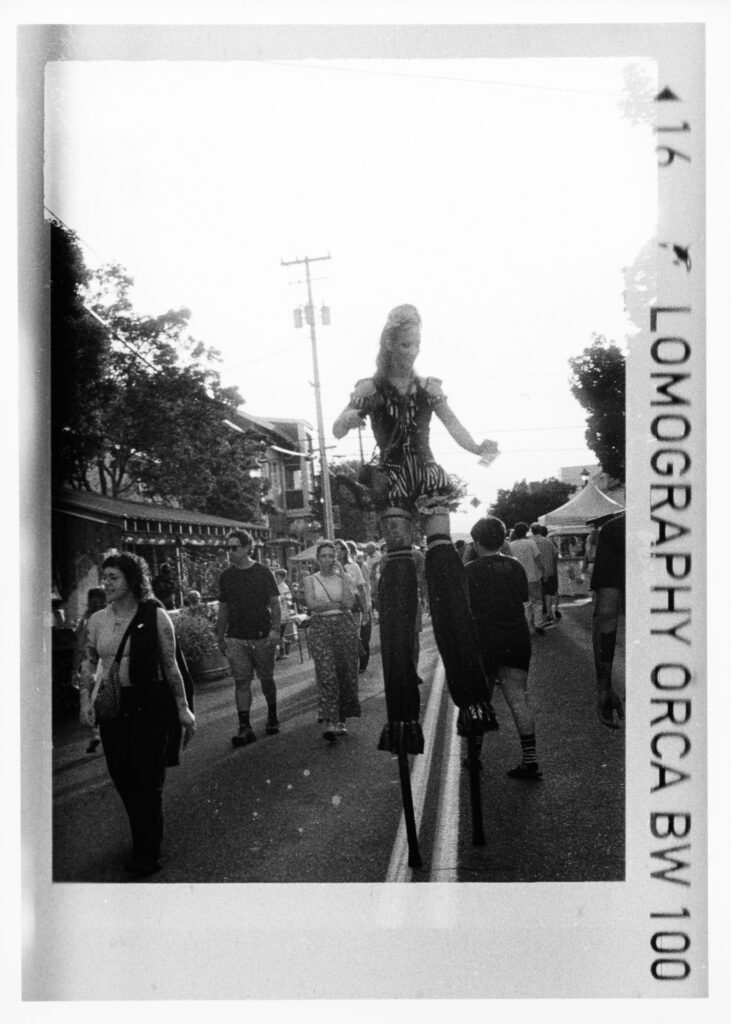
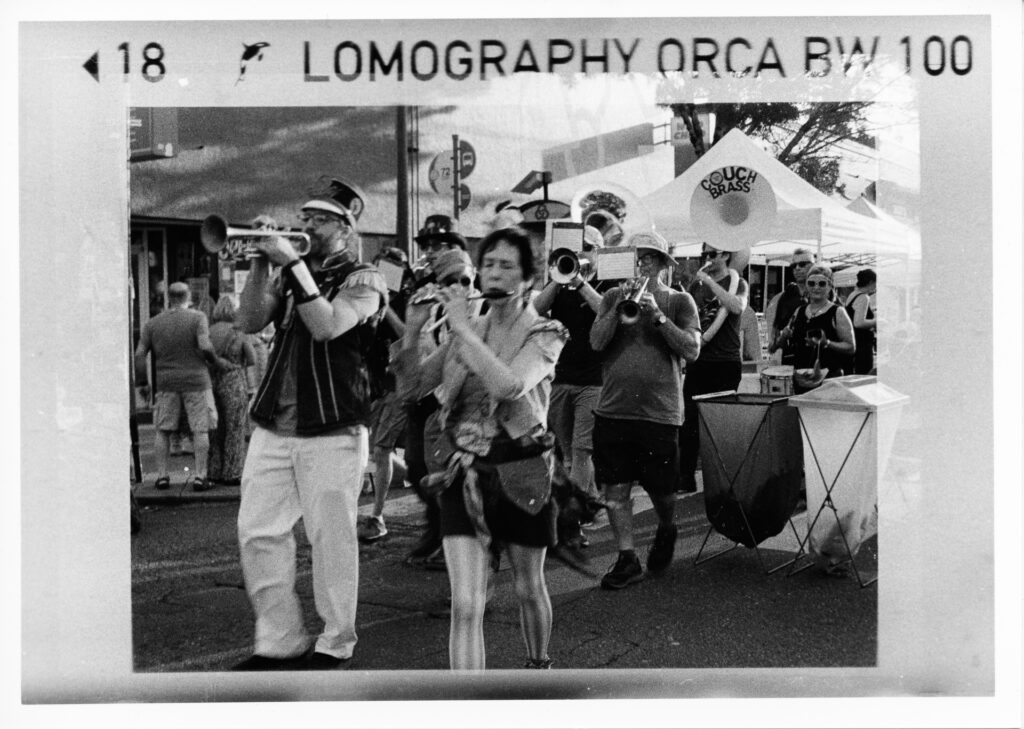
The Vitoret’s Lanthar lens has a higher-spec 4-element design while the Agfa Agfamatic 901 E’s Color Apotar lens is a 3-element design. The Vitoret also has a hot shoe while the 901 E uses either obsolete flip flashes or a proprietary flash unit. I’ve used the Vitoret with a hot shoe-mounted radio trigger, so it’s more versatile than the 901 E in that respect. Another mark against the 901 E is, ironically, the motor drive. It is loud; when you press the big red sensor button, the motor opens the lens cover, the shutter fires, the lens cover closes, and the film is advanced. More importantly, the motor drive takes away from the tactile pleasure of using a 110 camera.
I didn’t think the difference in lens design between the Vitoret and 901 E would be noticeable in the 110 format and with black and white film. I was excited to make prints after developing the roll of Orca from the 901 E and looking at the negatives on the light table. But darkroom printing the negatives felt like it took more effort than the Vitoret negatives. I had a different reaction making these prints, like being let down. The prints from the 901 E feel less crisp and less contrasty. With so many variables it’s hard to pin the difference entirely on the Apotar lens or even the camera as a whole.
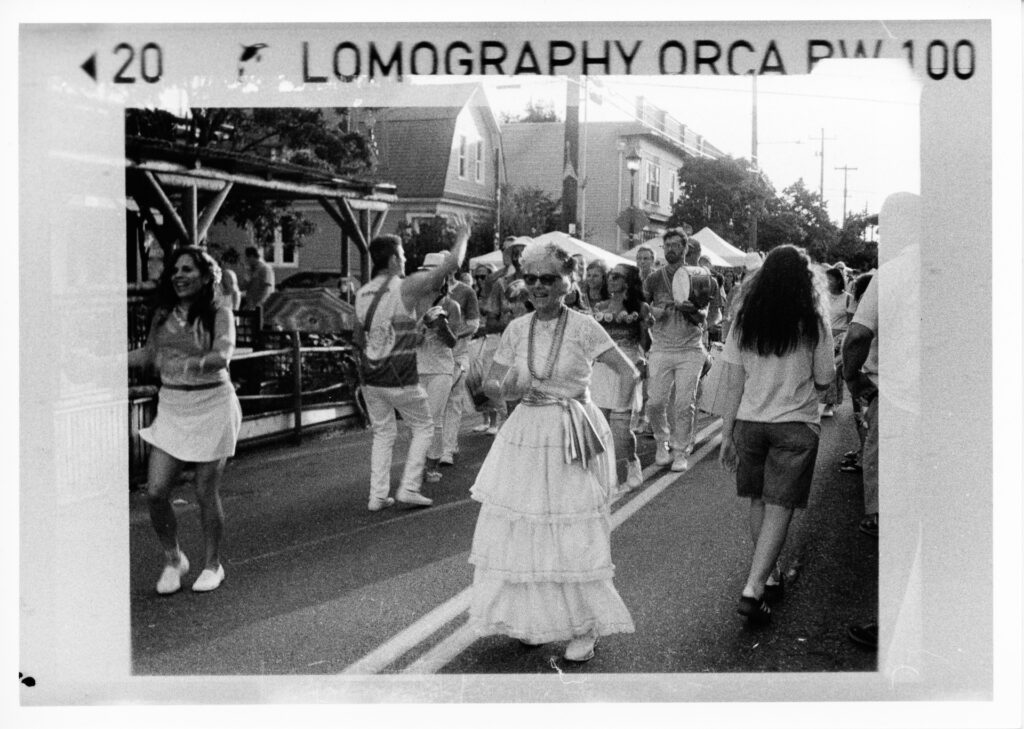
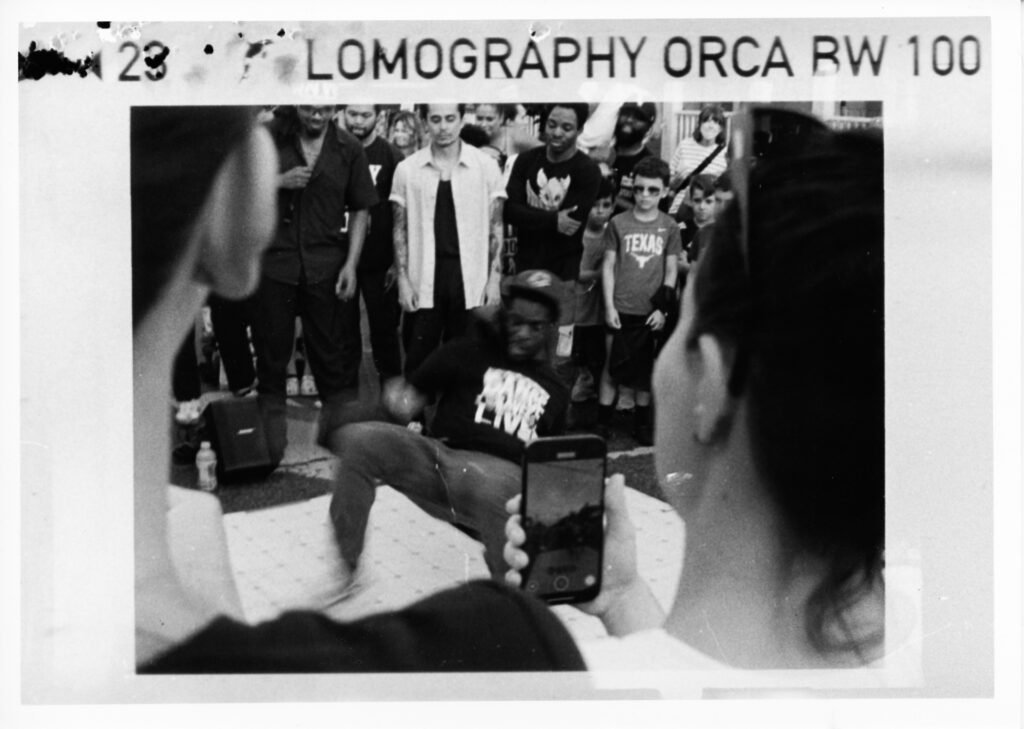
The Vitoret is the better camera. It gave me “wow, is that really 110?”. The Agfa Agfamatic 901 E gave me “what did you expect from 110?”. I’d like to shoot a second roll of Orca before I decide whether or not to keep using the 901 E or if it gets relegated to an objet d’art.
Thank you for reading. You can find me on Bluesky and at chanalogfoto.com.
Share this post:
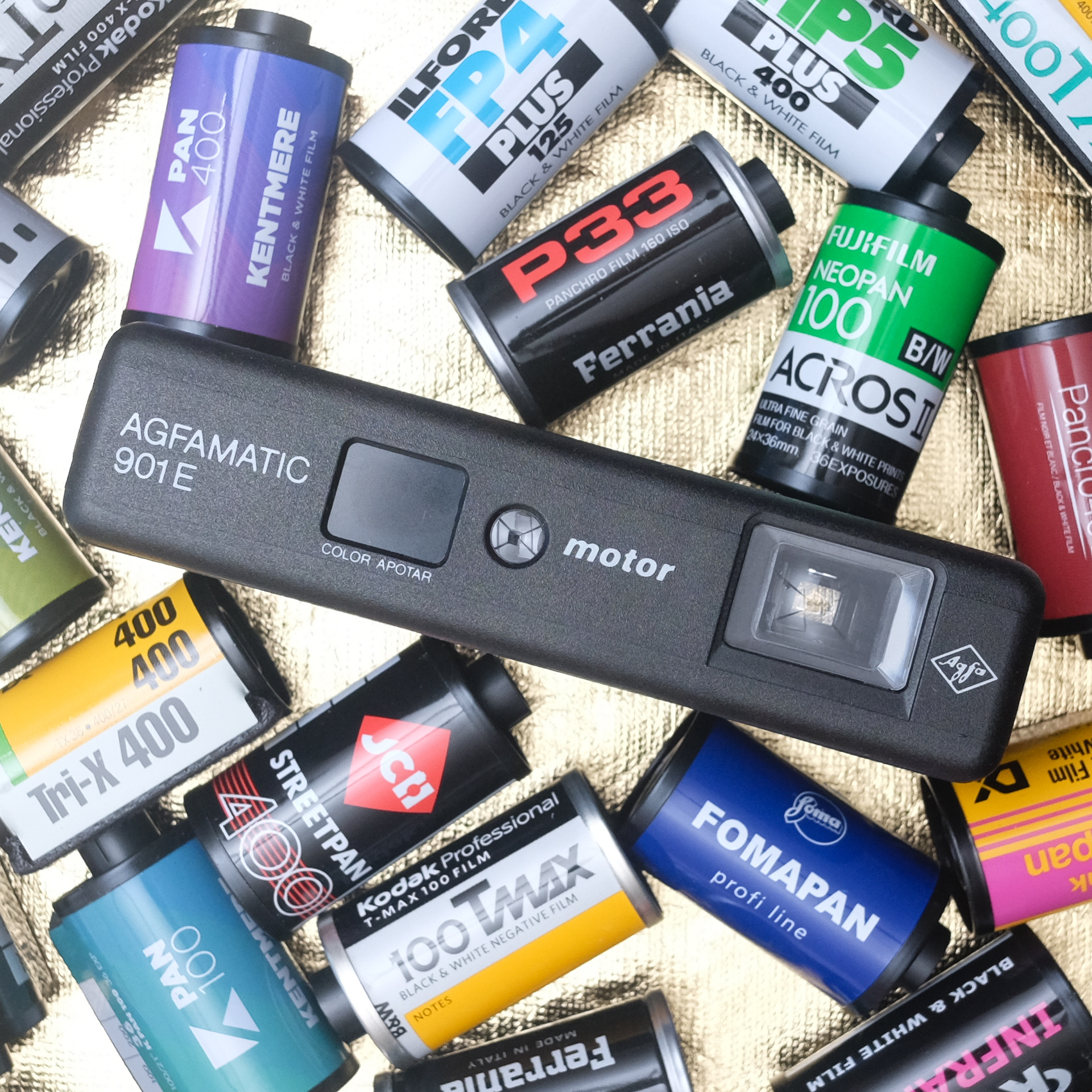
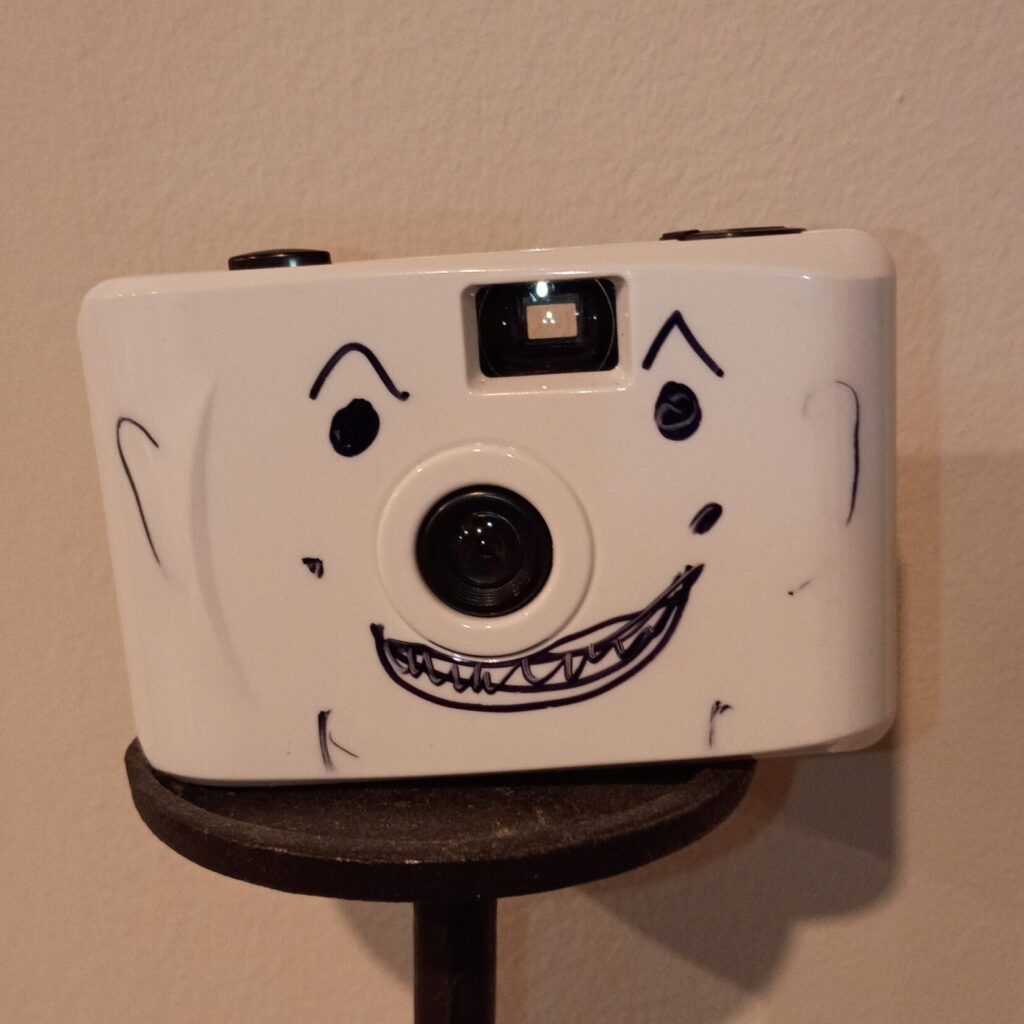
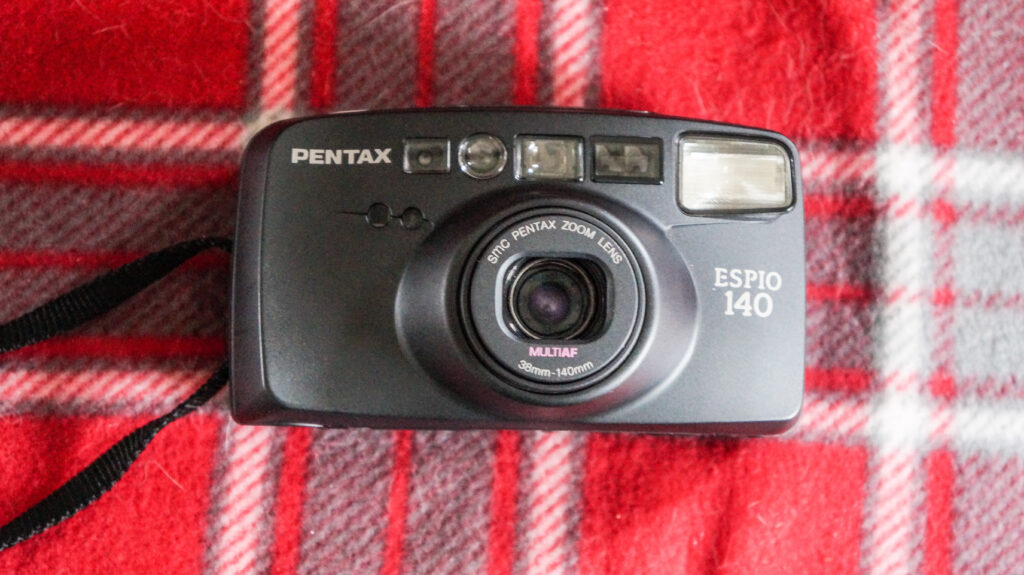

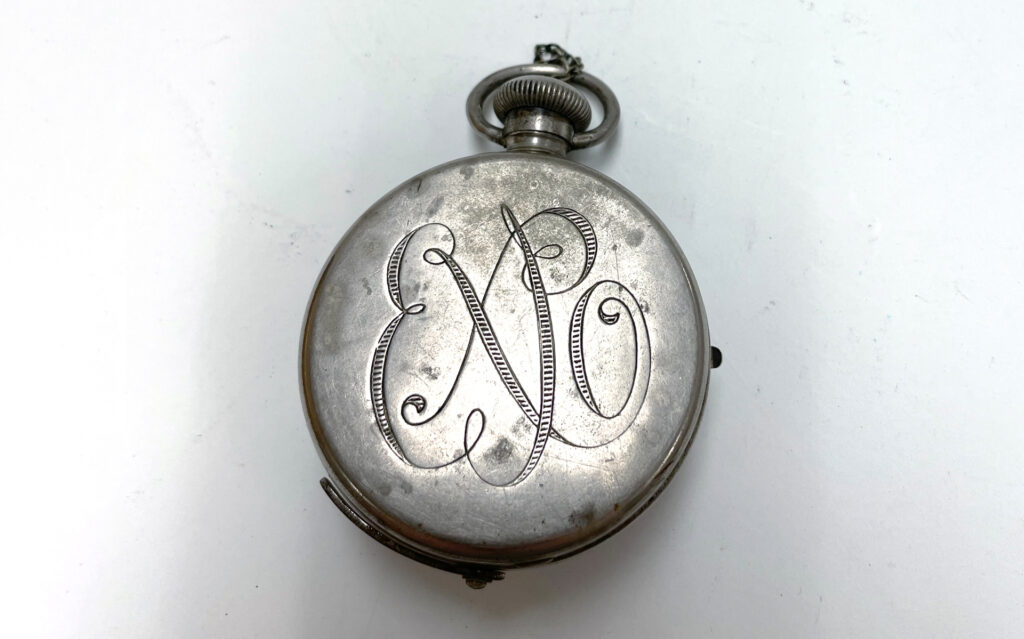
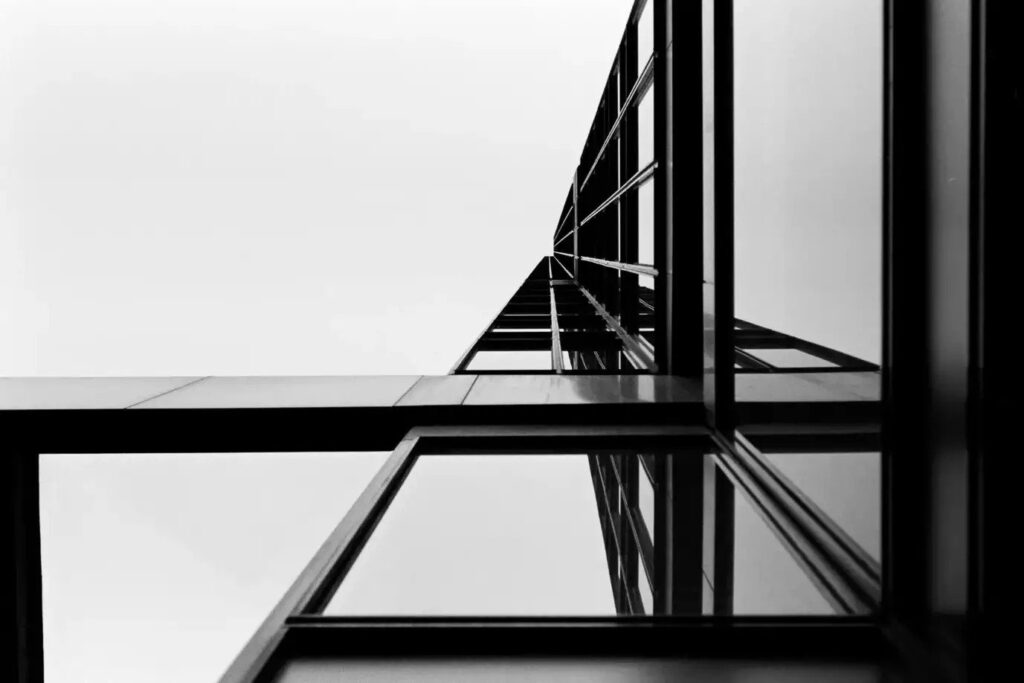
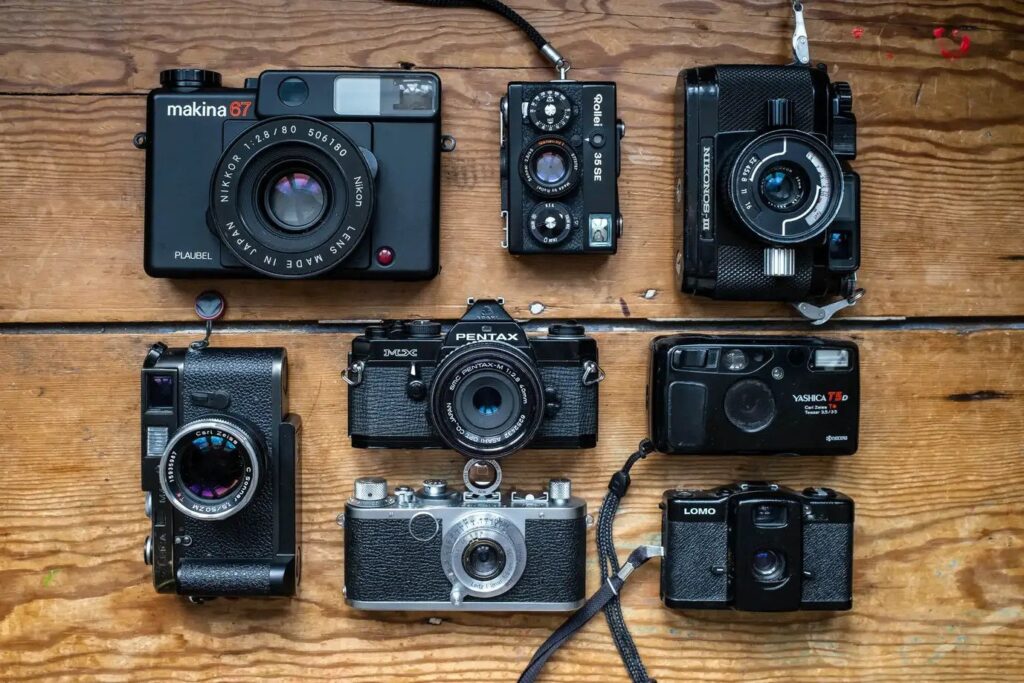
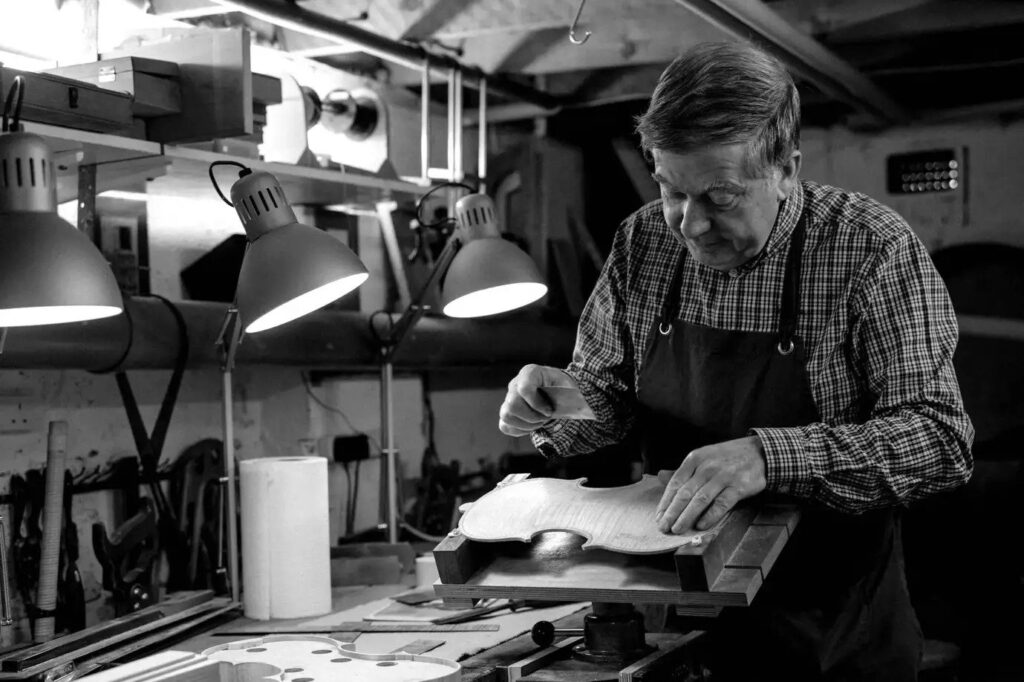
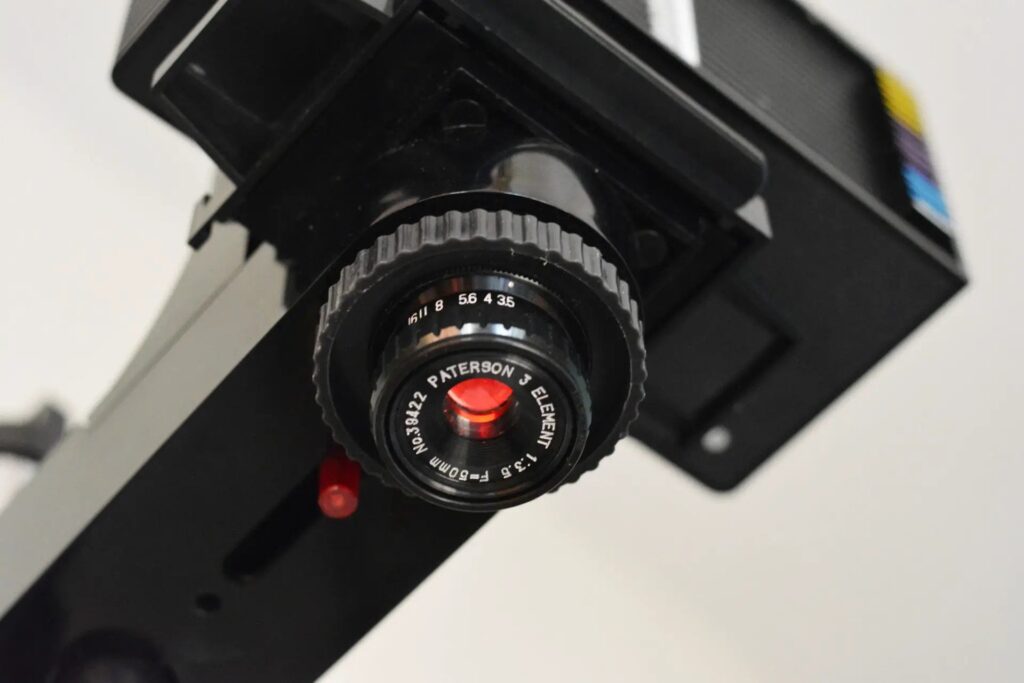
Comments
Eric Norris on Agfa Agfamatic 901 E Motor — Beautifully Loud
Comment posted: 19/10/2025
It all works fine when it works, but it took me at least three tries to buy a working example. I live in fear of the day when this one decides to join its brethren in Agfa Valhalla.